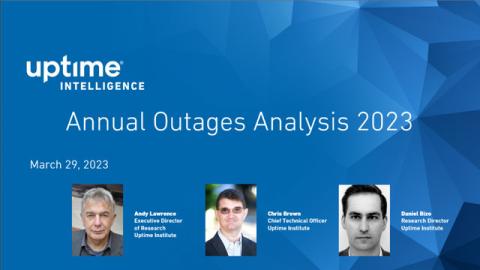The data center industry's largest and most influential survey results are in! Join us as we discuss the 14th Annual Uptime Global Data Center Survey 2024 which reveals an industry that is expanding, and is also planning for major technological,…
filters
Explore All Topics
Uptime Institute's 2nd edition of the Data Center Security Survey (n=927) explores important data center cybersecurity issues, as well as the information technology (IT) and operational technology (OT) used to run data centers.The attached data…
Sometime after 2026, the EU is expected to adopt an upcoming version of CENELEC's TS 50600-5-1 Maturity Model to assess data center sustainability. The current technical specification has some controversial elements.
Organizations develop strict security policies and practices to reduce exposure to cyberattacks. An ineffective policy only increases the cyber risk both to the data center and across IT in general.
Operators of data centers in the UK have voiced concerns over the proposed resiliency and cybersecurity regulations that are aimed specifically at providers of colocation and "co-hosting" services.
Uptime Institute's 2024 Data Center Resiliency Survey (n=919) focuses on data center resiliency issues and the impact of outages on the data center sector.The attached data files below provide full results of the survey, including data cuts based on…
Results from the Uptime Institute Data Center Security Survey 2023 highlight the strategies used by organizations to prevent and respond to cyber-threats.
Regulatory concerns over security, resiliency and energy use have led to a wave of new and updated requirements for data centers. Organizations are beginning to invest more to achieve compliance.
With ever-increasing critical digital workloads being processed and stored by third parties, regulators are extending their oversight to reach deeper into the digital supply chain in the financial system.
With governments now aware that economic stability and national well-being are heavily dependent on IT services and the critical digital infrastructure, many are regulating to strengthen digital security and resiliency.
In recent conversations with both regulators and some enterprises, a concept borrowed from the financial sector has been discussed with growing frequency: concentration risk. In finance, the term refers to the level of risk arising from the…
Public cloud infrastructures have come a long way over the past 16 years to slowly earn the trust of enterprises in running their most important applications and storing sensitive data. In the Uptime Institute Global Data Center Survey 2022, more…
The Uptime Institute Data Center Resiliency Survey 2023 explores how operators assess operational risks and highlights opportunities for strengthening mitigation strategies.
Cloud providers divide the technologies that underpin their services into two ”planes”, each with a different architecture and availability goal. The control plane manages resources in the cloud; the data plane runs the cloud buyer’s application.In…
Join us for 2023’s annual benchmark review of the impacts, costs and changing types and frequency of crucial infrastructure failures. Outages remain a major industry concern despite improving technology and better management of availability. Uptime…
 Andy Lawrence
Andy Lawrence
 Chris Brown
Chris Brown
 Daniel Bizo
Daniel Bizo
 Douglas Donnellan
Douglas Donnellan

 Anthony Sbarra
Anthony Sbarra
 Laurie Williams
Laurie Williams
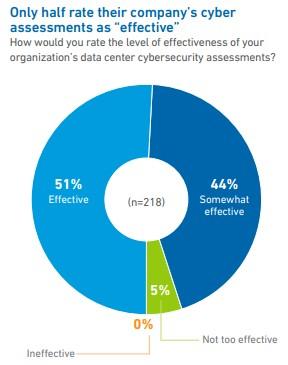
 Dr. Tomas Rahkonen
Dr. Tomas Rahkonen

 Michael O'Neil
Michael O'Neil
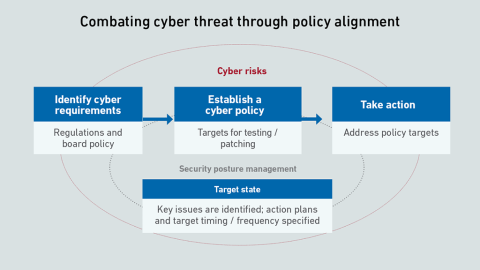
 Max Smolaks
Max Smolaks
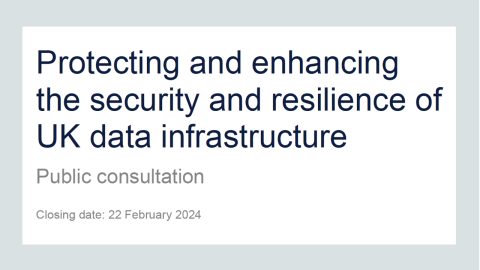
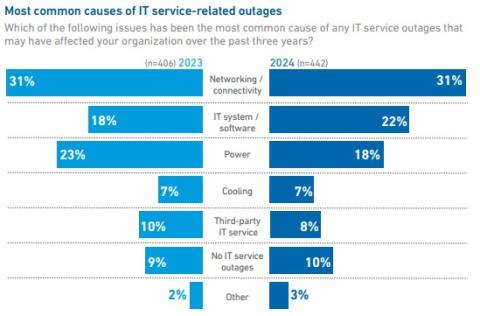
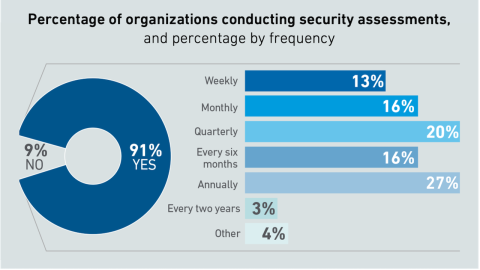

 Adam Page
Adam Page
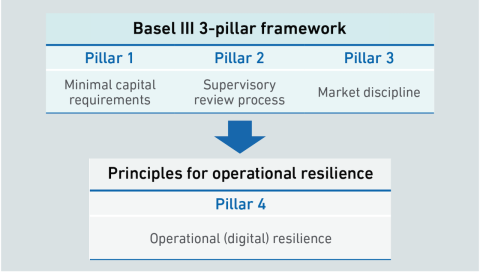

 Dr. Owen Rogers
Dr. Owen Rogers


